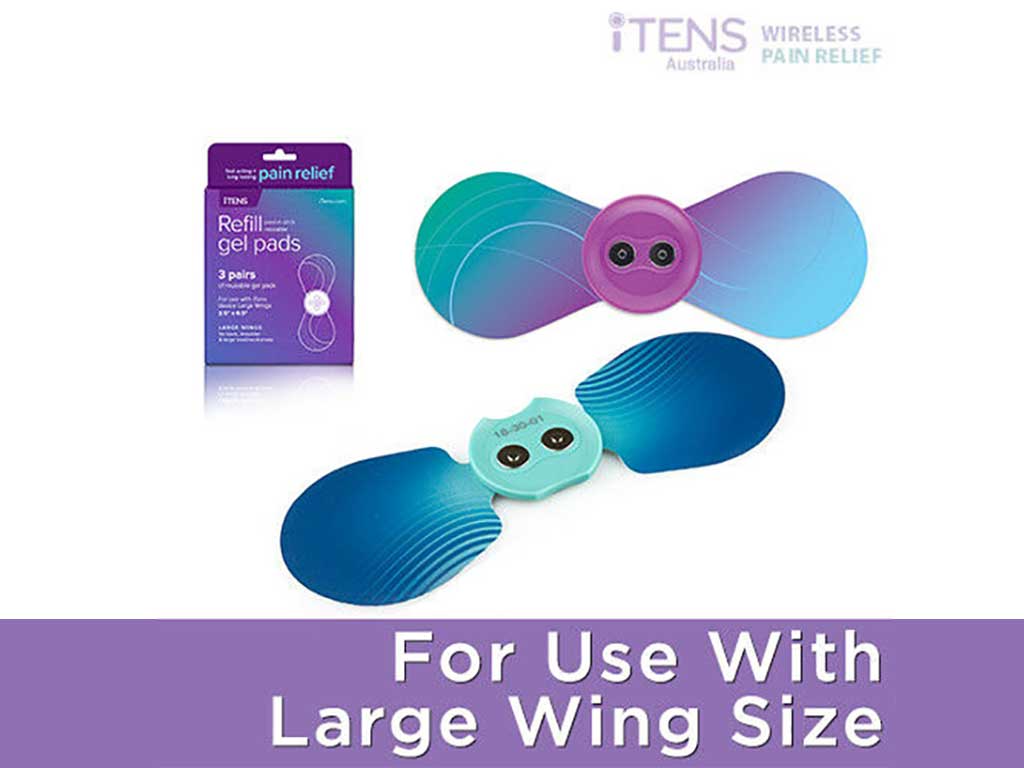
Irritable Bowel Syndrome (IBS) is a painful condition that affects the digestive system. While there is no cure for IBS, there are several treatment options available to help manage its symptoms. One method is Transcutaneous Electrical Nerve Stimulation (TENS). It involves the application of low-voltage electrical currents to the body. For proper usage, adjust the settings of the TENS machine for IBS, starting from the lowest level to a strong but comfortable sensation.
The traditional treatments for IBS include antidepressants, laxatives, dietary changes, and exercise. Complementary therapies like stress reduction techniques and exercise can also help. However, those seeking non-medicated and hassle-free alternatives may find relief from TENS. It is vital to understand the functions of electrical stimulation in order to maximise its benefits. This article will provide guidelines on how TENS machines work, device operation, and safety measures to consider.
Understanding How a TENS Machine for IBS Works
TENS is a battery-operated pain relief device that sends mild electrical impulses to stimulate the nerves to alleviate pain and discomfort. This provides localised pain relief through the placement of adhesive electrode pads on the targeted area. Specifically, the TENS machine for IBS targets the nerves in the gut that send pain signals to the brain.
TENS works in two main mechanisms. Firstly, the electrical impulses override the nervous system. TENS activates the large-diameter sensory nerves to close off the “gate” in the spinal cord. This induces them to block the transmission of pain signals from the pain site to the brain. Moreover, the tingling sensations distract the brain from perceiving pain.
Secondly, TENS stimulates the production of endorphins, the natural painkillers. When endorphins are released, they bind to specific receptors in the brain, spinal cord, and other body parts to help block pain messages from being transmitted. In addition to reducing pain, they also produce feelings of euphoria, which can help improve mood and decrease stress levels.
Symptoms of IBS
- Abdominal pain and cramping that usually manifest after eating and improve after bowel movement
- Excessive gas (flatulence) and bloating
- Chronic diarrhoea or constipation
- Feeling like a bowel movement is incomplete
- Changes in bowel movements, alternating between diarrhoea and constipation
- Mucus in the stool
- Changes in the appearance of stools (such as loose or watery stools)
- Problems with urination, such as needing to urinate often or having difficulty emptying the bladder completely
Less common symptoms are:
- Fatigue or tiredness, lack of energy
- Backache
- Dyspepsia, heartburn
- Nausea and vomiting
- Sexual dysfunction
- Rectal bleeding (which necessitates the person to seek medical attention)

Usage Guide When Using a TENS Machine for IBS
Using a TENS machine for IBS relief involves a few steps. First, apply the electrode pads on the treatment area, usually the lower abdomen, and turn on the TENS unit. Make sure the skin is clean and dry before putting the pads. Then, adjust the settings (frequency, pulse width, intensity) to the desired level.
It is best to start with the lowest intensity and gradually increase to a comfortable level. The sensation should be strong but painless. Individuals may also choose a pre-set mode for abdominal pain or IBS-related settings in their device. Additionally, users can set the treatment duration between 20 to 30 minutes. After the session, ensure the device is turned off before removing the pads.
It is advisable to keep track of TENS machine usage, noting the settings, duration, and any changes in symptoms. This can help monitor progress and determine the effectiveness of the treatment over time. By following these guidelines, individuals with IBS can maximise the benefits of TENS. Always follow the usage direction of the manufacturer or the recommendation of a healthcare professional.
Pad Placement
The lower abdomen is typically the area of focus for IBS-related pain. Thus, the general electrode placement guide is on either side of the lower belly or below the belly button. The pads should be evenly spaced out at about two inches apart to ensure proper stimulation.
However, the placement may vary depending on the individual and where the symptoms are most prominent. Another area to put the electrodes is at the lower back. This is especially helpful for individuals who experience backache as a symptom of their IBS. It is vital to experiment with different pad placements and adjust as necessary.

Safety Considerations When Using a TENS Machine for IBS
Using a TENS machine for IBS is simple, but it is essential to consider the safety precautions. Firstly, follow the proper pad placement. Avoid areas with cuts, open wounds, broken skin, or infection. It is advisable to alter the electrode positioning with each use to avoid skin irritation. Also, do not place the electrodes directly on the pubic area.
Secondly, use the TENS machine as directed and not exceed the recommended settings or duration of use. Always start at the lowest intensity and gradually increase to allow the body to adjust and prevent discomfort or adverse reactions. Additionally, do not use the device for more than one hour to avoid overstimulation or irritation of the skin.
Furthermore, do not use the device while showering or near water, as this may pose a risk of electric shock. Lastly, do not use a TENS machine while sleeping, driving, operating heavy machinery, or in activities that require full attention. If any discomfort or adverse effects occur during or after TENS therapy, it is advisable to discontinue use and consult with a doctor.
When to See a Doctor?
Individuals with IBS should consult a doctor before using a TENS machine, especially if they have other underlying medical conditions or are pregnant. TENS may not be suitable for people with heart problems, epilepsy, and implanted devices like a pacemaker. Professionals may advise on the proper use of a TENS unit or suggest other treatment plans.
It is also crucial to seek medical attention if IBS comes with severe symptoms such as rectal bleeding, fever, or unexplained weight loss. These may be indicators of more serious underlying conditions. Additionally, progressive symptoms after three to four months necessitate a doctor visit.
Conclusion
IBS can be burdensome for people who have it. It manifests in several symptoms, including abdominal pain, cramps, gas, diarrhoea, and constipation. Therefore, using a TENS machine for IBS can be an effective and safe way to find relief. It is a non-invasive and drug-free process of pain management using mild electrical currents. It works by blocking pain signals and releasing endorphins. In addition, the device comes in various forms and features.
Operating a TENS device is simple. Start by identifying the treatment area and adjusting the settings accordingly. However, it is vital to follow the safety guidelines to avoid any unwanted risks or side effects. In case of adverse reaction, discontinue use and consult a doctor. It is also necessary to seek medical care if the IBS symptoms worsen or do not improve despite using a TENS machine or other forms of conventional treatments.




















